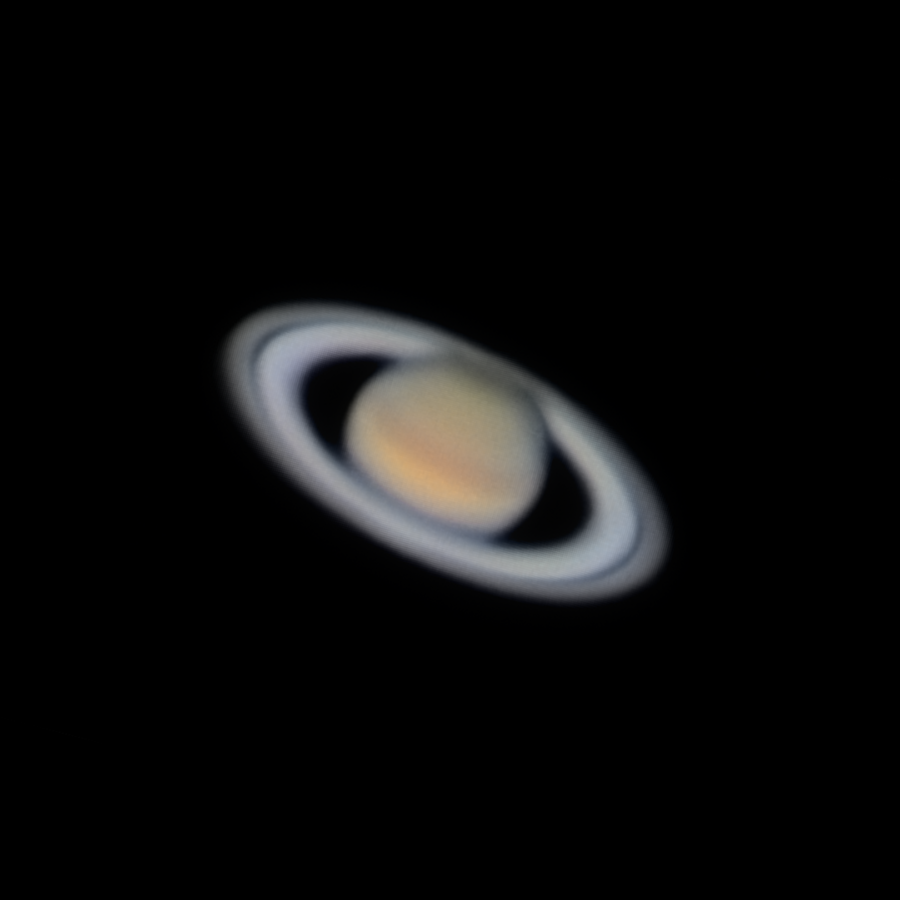Photography of Planets in our Solar System; most taken at 4000mm focal length or greater
The “Solstice Star,” or the Jupiter-Saturn-Earth conjunction of December 2020. Captured with a C8/ASI290MC using 4 video captures
Mars from 4 Oct 2020, 0600 UTC using a C8/ASI290MC
Mars from 4 Oct 2020, 0600 UTC (Labeled)
Saturn from July 2017, captured with a C8/ASI224MC using Lucky Imaging
A Crescent Venus from February 2018 using a C8/ASI224MC
Venus near First Quarter in March 2020 using a C8/ASI290MC
A Jupiter Timelapse from May 2017 with Moons Ganymede and Io to the left. Captured with a C8/ASI224MC using 4.5 hours of 60-second video captures
Jupiter from January 2017, along with Galilean Moons Io, Europa, and Ganymede. Captured using a C8/ASI120MC
Likely my first attempt at Astrophotography, Jupiter taken with a 90mm Orion Refractor and a Galaxy S5








